Review: Sigma’s 24-35mm f/2 Art is Like a Prime Lens that Zooms
![]()
Sigma recently announced another groundbreaking lens in their acclaimed Global Vision line of Art series lenses, the 24-35mm f/2. This is the world’s first full frame zoom lens with an f/2 aperture. You heard that right. Prime lens speed, with the ability to change the focal length of the lens. Wow.
![]()
All eyes have been on Sigma for their Art series lenses for some time now. Sigma has had prime lenses at a reasonable price for a long time, but they practically crushed the prime lens category with releases like the 35mm f/1.4 Art and the 50mm f/1.4 Art.
The popularity and positive reviews of these lenses have put the pressure on Sigma to keep coming out with top quality lenses (at a relatively low price) and it looks like they are not being shy with the innovation. It’s nothing short of remarkable that Sigma was able to achieve a constant f/2 aperture, multiple focal lengths and still cover a full frame sensor.
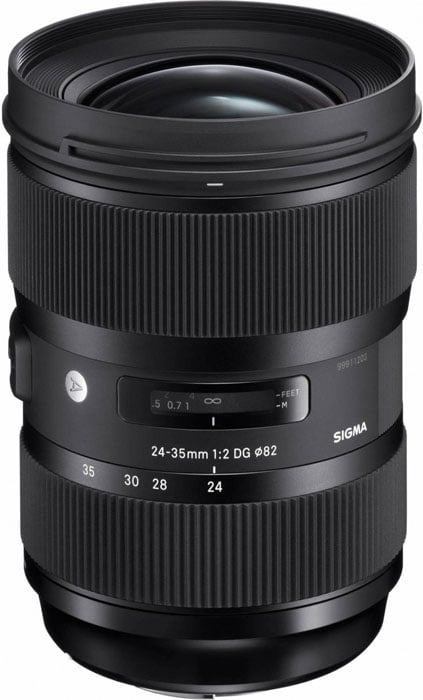
Before we get started, here are the specs of this lens, so you know what we are dealing with:
Focal Length: 24 – 35mm (Comparable 35mm Equivalent on APS-C Format Focal Length: 38.4 – 56 mm)
Aperture: f/2-f/16
Mounts: Canon, Nikon, Sigma
Angle of View: 84.1° 63.4′
Minimum Focus Distance: 11″ (27.94 cm)
Maximum Reproduction Ratio: 1:4.4
Elements/Groups: 18/13
Diaphragm Blades: 9, Rounded
Image Stabilization: No
Autofocus: Yes
Filter Thread: 82 mm
Dimensions: 3.4 x 4.8″ (8.64 x 12.19 cm)
Weight: 2.075 lbs. (941 g)


The question burning in my mind when I first heard the announcement of this lens was whether or not this lens will replace any wide-angle prime lenses in a pro photographer’s bag. Personally, I love prime lenses. I love them for their ability to control depth of field, sharpness, contrast and overall image quality.
Zoom lenses are indispensable, but, for me they tend to feel more utilitarian than artistically inspiring. As photographers we are always walking the line between the technical and artistic, so they both have an important use. I just love the way prime lenses always seems to bring me to the image, while a zoom lens brings the image to me. Sometimes it feels good to work for the picture, and sometimes you can just zoom in and scoop it up.

Who Will This Lens Appeal To?
People that can afford a 24-70mm f/2.8 may balk at the limited zoom range of this lens, but I think this lens needs to be considered differently. This lens is more like a prime that zooms, instead of a zoom with prime lens speed.
When you shoot a prime lens, you are resigned to the fact that you have to ‘zoom with you feet’. You have to go and get the picture. You have to get close, or back way up. This is the way the mind works when you can’t change your focal length. This lens doesn’t cover a long range of focal lengths, so it is not your all-in-one zoom lens. But for someone already shooting a prime, it zooms a whole lot more than a fixed focal length lens. The ability to zoom from 35mm out to 24mm to get that extra information in the frame can be super useful.
Video shooters (and landscape photographers) will be happy to know that this lens zooms internally, so the front end of the lens does not extend out, nor does the front element rotate. This is imperative when using circular polarizers, but also when the camera is balanced on a gimbal or set up in a video rig. Sigma’s new lens may very well hit the sweet spot for the video shooters. Between the internal focus, large diaphragm and useful focal lengths, this might be a real ace for motion work.
Also, anyone looking to carry one or two fewer lenses in their bag will love this lens. Wide-angle street photographers that use DSLRs will gain a lot of flexibility in their framing, without changing lenses. Hardcore street photographers will probably not look twice at this lens for its size, but it really isn’t built for them. Like its name, this lens lends itself more to fine art than to gritty street photography.

Build Quality and Handling
As to be expected from a Sigma Art lens, the build quality is consistent with the other lenses in the series. It feels expensive – lots of glass, shiny black metal and rubber. Sigma uses a “Thermally Stable Composite (TSC)” material that helps keep the lens lighter and more resistant to internal changes in extreme temperatures. Good for those out in the sun all day, or those that shoot a lot in the cold weather.
The focus and zoom rings have a nice, grippy texture, and the zoom ring is as smooth as silk. Manual focus is pretty good with this lens, as the focus ring has just enough tension to be accurate, but not too much to be slow. It also features ‘soft stops’ at either end of the focus distance, so you know when you hit minimum focus and infinity.
Keep in mind though, this is a heavy lens. It takes a lot of glass to zoom and keep that kind of a maximum aperture, so for me, it is to be expected. For people looking for lightweight and stealthy, this is not that lens. Mounted on a full frame DSLR, like a Canon 5D series, or a Nikon D810, it is just right.
The balance of this lens actually feels very similar to handling a 24-70mm f/2.8 in the hand. It handles nicely on pro bodies, but may be a bit much for crop sensor cameras. Let’s be clear, the 24-35 f/2 Art is built like a pro lens, that was built for pro cameras.
Personally, the size and weight don’t make it or break it for me, since the lens is designed for larger cameras. On the Sony A7II it feels huge. On the Canon 5Ds it feels really good. The lens feels built for this camera .
Image Quality
This is where this lens starts blowing minds. The image quality is superb, in my estimation. I am sure that the MTF charts will start making the rounds shortly, but my ‘eye’ tests show a beautifully rendered image.
The lens is sharp across the whole image, more or less, when stopped down, but most people are probably more interested in the lens when it is wide open.

The ‘bokeh’ or background blur is pleasing. This is no 85mm 1.2, but for a wide-angle lens, I think it is pretty nice. Smooth, not distracting and the color tends to stay nice and saturated.
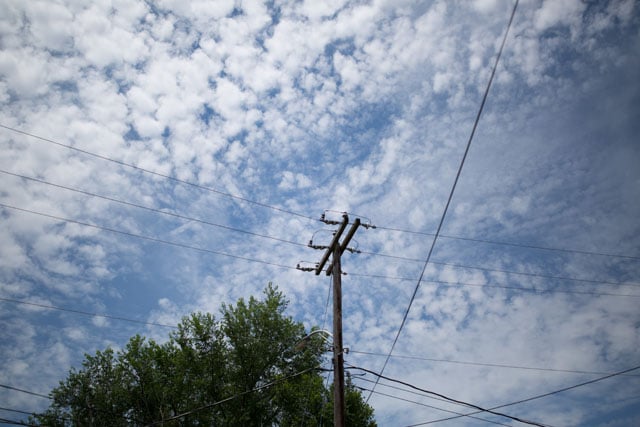
I think that if you are buying this lens, you will want to shoot it wide open at least some of the time, if not, a lot of the time. That is the real treat with this lens- you can actually shoot it at f/2 and not get bummed out. At all.


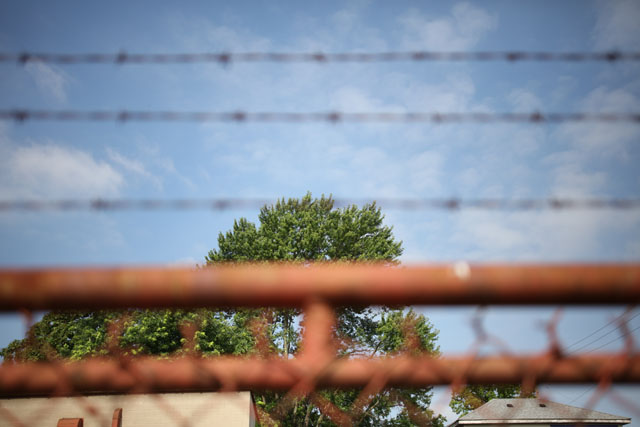
As you may have noticed, there is a considerable amount of vignetting from this lens. It goes almost completely away by f/5.6, but at f/2 it is there, for sure. This is not uncommon with wide-angle lenses, and lenses with large apertures.
I don’t mind the vignette for most things I would shoot at f/2. For portraits and weddings it’s great. For a studio setting, or when consistent light across the whole frame is very important, you would most likely be stopped down anyway. It’s not very difficult to fix in post and when the lens profile is updated in Lightroom it will be mostly a one-click fix, anyway.
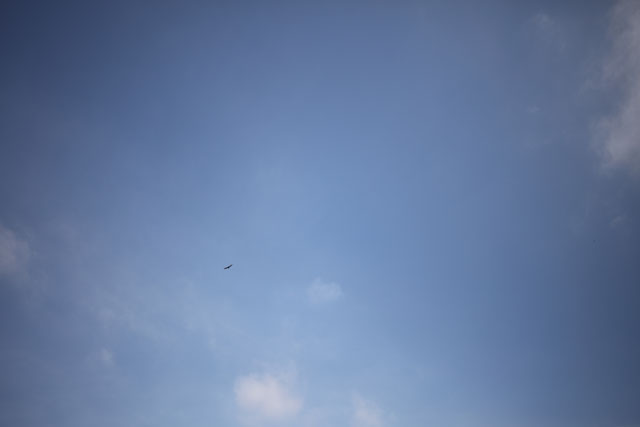



The lens stopped down gets expectedly sharp all over. It loses some sharpness from diffraction, but it is really just an average amount of softening at f/16. The leaves on the tree show a little fringing, but this shot needed some polarization anyway. Overall, I really like the color and contrast coming out of this lens.

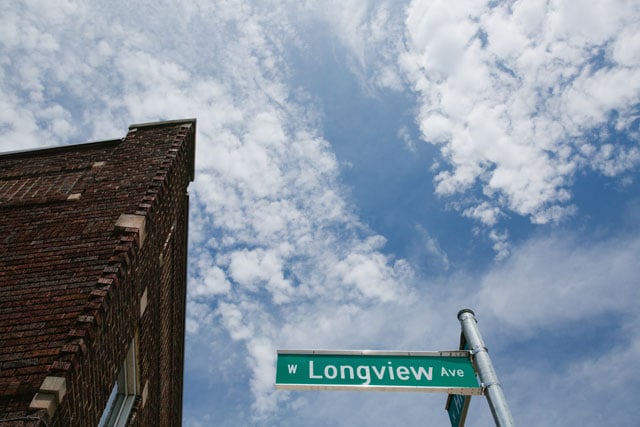
I did have a chance to shoot in the studio and the lens was surprisingly useful for the limited space and time. We were shooting some promotional photos for a Prenatal Yoga class, and this lens held its own in the studio. This lens really gets optically sweet around f/4 or so, which means it shines in a studio setting.
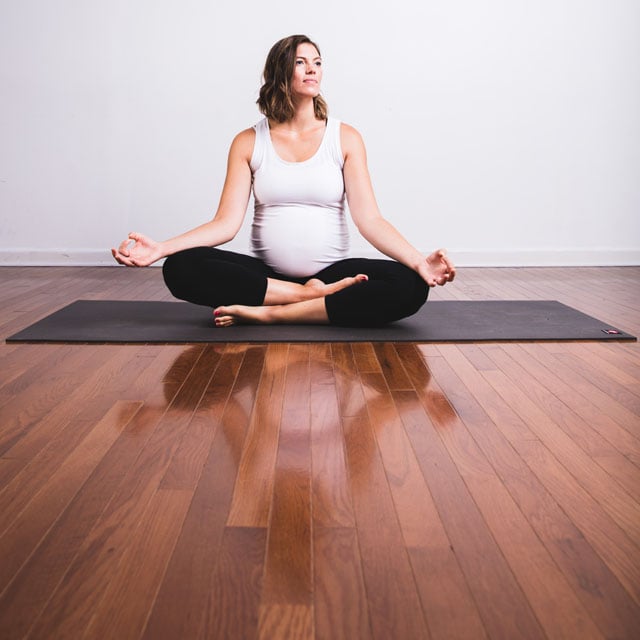

We also shot some low key portraits of some of the moms-to-be and just as I expected, right on.


Flare and Distortion
The lens coatings are top notch on this lens and I could not get the lens to flare in almost any situation. Even straight into the sun, I couldn’t get anything. I am very impressed with the Super Multi-Layer Coating and FLD (“F” Low Dispersion) and SLD (“F” Low Dispersion) glass. These coatings are something that you can’t really put your finger on until you shoot with an uncoated lens once or twice. Lens flares are cool when you want them, and they are the worst when you don’t.

This lens displays some barrel distortion at the wide end, but that is to be expected at these focal lengths. Any chromatic aberration is kept almost completely non-existent.

Autofocus
I did not do a comprehensive AF test on this lens, but it was accurate and fast when I used it. It is hard to say if it is faster or slower than an average prime, but my instinct says that it is at least comparable to your average L series Canon lens or a high end Nikon. The good news is that I never noticed it, as you usually only care about AF performance when you miss something.
Pros and Cons
Pros:
– Fast f/2 maximum aperture
– Sharp at all f/ stops over most of the image
– Snappy and accurate AF
– Very low CA (chromatic aberration) and distortion
– Reasonably priced for feature set
Cons:
– Heavy (over two pounds)
– Large compared to most primes
– No Image Stabilization
Overall, I am very impressed with this lens. In my opinion Sigma has continued to honor the pedigree of their Art Series lenses and really hit a home run with this one. If anything about an f/2 wide-angle prime lens that zooms appeals to you, then you will most definitely be happy with this lens.
I think that this lens will appeal to a lot of people… and also turn off a bunch. Some will not like the limited focal range (zoomers), some will not like the size and weight (mirrorless folks and street shooters), and some just don’t shoot that wide (tele-heads).
The Sigma 24-35 DG HSM Art lens will excel for urban cityscape, some landscape, environmental portraiture, documentary photography, and even some street shooting. Video shooters, as well, will love this lens and the versatility that it brings, in addition to the internal zooming functionality. I refer to this lens as a prime that can zoom, and that is what it feels like to shoot. The fact that you can change the focal length of, what is essentially, a prime lens is novel and just plain useful.
What I recommend is to get your hands on a copy and take it out for some shots. You will not be bummed that you did.
About the author: Photographer TJ Hansen is the education coordinator at Midwest Photo Exchange, a family-owned and operated photo store based out of Columbus, Ohio, that has been around for over 25 years. You can connect with the store through Facebook, Instagram, and its website. This article was also published here.
Image credits: Photographs by TJ Hansen/Midwest Photo Exchange and used with permission